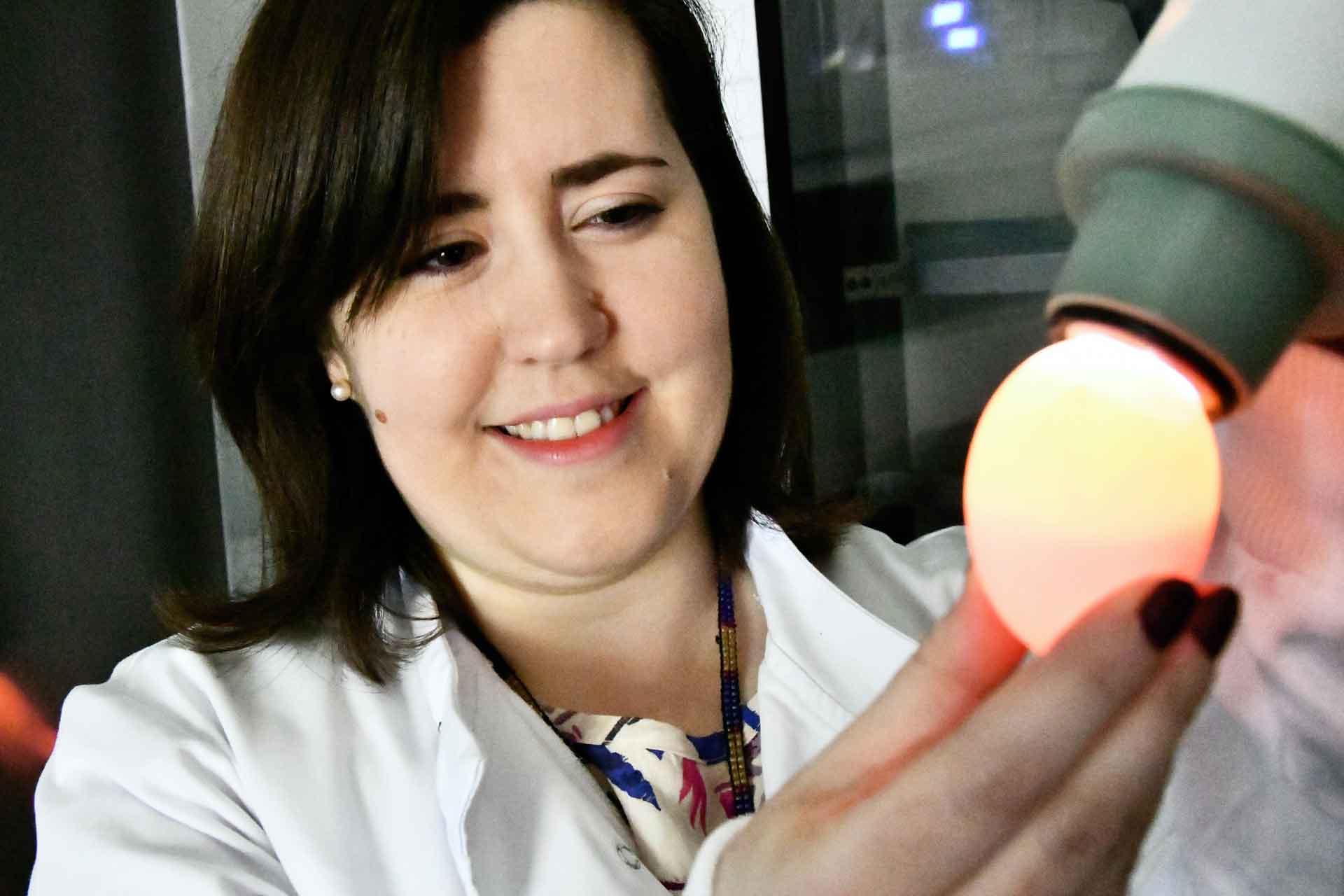Scientists at The Pirbright Institute have been awarded over £300,000 to develop a faster and more efficient method for infectious bronchitis virus (IBV) vaccine production. The virus causes a poultry respiratory disease which is the most economically important infectious disease affecting chickens in the UK. Infection with IBV reduces weight gain and egg production, in addition to making birds more susceptible to bacterial infections.
The production of IBV vaccines currently involves the use of fertilised chicken eggs to grow the vaccine virus, a process which has many disadvantages. Dr Erica Bickerton and her team have been funded by the Biotechnology and Biological Sciences Research Council to further their research into an alternative IBV vaccine production method.
Dr Bickerton said: “We have identified a method to produce live vaccines in laboratory cell cultures, which enables large volumes of vaccine to be produced, in addition to the increased speed and efficiency that this technique provides. This method is beneficial to the vaccine industry as well as the poultry industry as the number of eggs utilised in vaccine production can be reduced, which is an important consideration for our research as we strive to Reduce, Refine and Replace the use of animals in research.”
The funding will enable the team to further develop this method to generate vaccines against IBV that can be produced in cell culture and to license these products to a commercial partner. The team have also been awarded a Follow-on Fund Innovation Fellowship to support the training of a post-doctoral scientist who will contribute to the technical and commercial development of the project.
With an estimated 55 billion chickens produced worldwide per annum, including 5 billion for egg production, it has been estimated that every 10% reduction in IBV would be worth around £654 million to the global poultry industry. Increasing the speed and efficiency of IBV vaccine production is therefore key for reducing economic losses and welfare problems in chickens as well as the risk to food security.
